The world of competitive race walking is as much about precision as it is about speed. Unlike traditional running events, race walking demands strict adherence to technique, governed by rules that ensure the sport remains distinct from its athletic cousins. At the heart of this discipline lies the art of judging—a process that often sparks debate among athletes, coaches, and spectators alike. The delicate balance between maintaining fairness and allowing athletic expression makes race walking one of the most scrutinized events in track and field.
The foundation of race walking rules rests on two non-negotiable technical elements: the maintenance of unbroken contact with the ground and the straightening of the advancing leg. These principles might sound simple, but in the heat of competition, where milliseconds and millimeters matter, even the most seasoned walkers can find themselves penalized. Judges, positioned strategically along the course, watch for violations with hawk-like intensity. Their decisions can make or break an athlete's performance, turning what appears to be a flawless stride into a costly mistake.
What makes judging particularly challenging is the subjective nature of human observation. While technology has crept into many sports as an aid for officials, race walking remains largely dependent on the human eye. This reliance creates an environment where interpretations can vary from judge to judge. Some officials might be more lenient with slight infractions during the early stages of a race, while others enforce the rules with unwavering strictness. Such inconsistencies occasionally lead to controversies, especially in high-stakes competitions where the difference between gold and silver can hinge on a single warning.
The psychological warfare between judges and athletes adds another layer of complexity to race walking. Experienced competitors develop an almost sixth sense for when they're being watched, adjusting their technique accordingly. This cat-and-mouse game continues throughout the race, with athletes walking a fine line (sometimes literally) between pushing their limits and staying within the rules. The mental toll of this constant vigilance cannot be understated—many races have been lost not due to physical fatigue but because of the anxiety over potential penalties.
Penalties in race walking come in escalating levels of severity. The first violation typically earns a warning, signaled by a yellow paddle showing the infringement symbol. Subsequent infractions lead to red cards, and once three different judges submit red cards for the same athlete, disqualification follows. This system aims to give walkers a chance to correct their technique before facing elimination. However, some argue that the current method creates unnecessary stress, as athletes often don't know how many red cards they've accumulated until it's too late.
Technology's role in modern race walking officiating remains a contentious topic. While some advocate for electronic monitoring systems to remove human error, purists argue that judgment calls are intrinsic to the sport's character. Experiments with pressure-sensitive shoes and motion-capture technology have shown promise, but implementation at major competitions has been slow. The resistance stems partly from tradition and partly from practical concerns—the cost of outfitting dozens of athletes with sensors during mass-participation events remains prohibitive.
Controversial decisions in major championships have periodically brought race walking judging into the spotlight. Perhaps most famously, the disqualification of a leading athlete in the final laps of a world championship race sparked global debate about whether the rules serve the sport's best interests. These incidents often lead to calls for reform, with suggestions ranging from increasing the number of judges to implementing instant replay reviews. Yet each proposed change brings its own set of complications, leaving the sport to grapple with finding the perfect balance between tradition and progress.
The future of race walking judging may lie in a hybrid approach that combines human expertise with technological assistance. Some competitions have begun testing systems where judges can review questionable strides using video playback, similar to challenges in other sports. This compromise allows for the preservation of human judgment while reducing obvious errors. As the sport continues to evolve, so too must its officiating methods, ensuring that race walking maintains its unique identity while adapting to the demands of modern athletics.
For athletes, the uncertainty surrounding judging creates an additional hurdle in their preparation. Coaches spend countless hours analyzing their pupils' techniques, searching for the elusive formula that delivers maximum speed without risking penalties. Training sessions often include mock judging scenarios, preparing walkers for the intense scrutiny they'll face in competition. This preparation extends beyond physical conditioning—mental resilience becomes equally important when every step could potentially be their last in the race.
The cultural aspect of race walking judging reveals interesting variations across different regions. Countries with strong race walking traditions tend to produce judges who share a particular interpretation of the rules, sometimes leading to noticeable patterns in how penalties are distributed at international events. This phenomenon occasionally creates tension when athletes from different backgrounds compete, each accustomed to slightly different standards. The international governing body works to standardize judging criteria, but subtle differences in application persist, adding another variable to an already complex equation.
At its core, the challenge of race walking officiating mirrors the sport itself—a delicate balance between competing priorities. Judges must simultaneously uphold the integrity of the rules while allowing athletes to perform at their peak. As the sport looks toward future Olympics and world championships, the conversation about how best to achieve this balance will undoubtedly continue. What remains certain is that in race walking, every step counts, and every judgment carries weight—making it one of the most technically demanding and fascinating disciplines in all of athletics.

By Rebecca Stewart/May 8, 2025
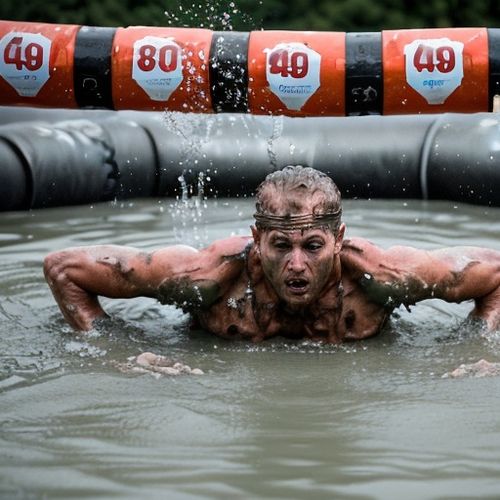
By Rebecca Stewart/May 8, 2025
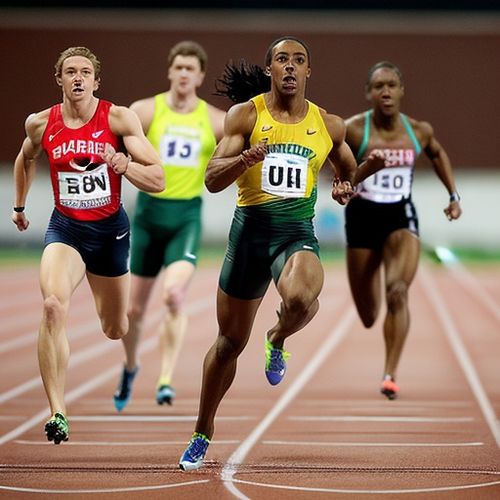
By Joshua Howard/May 8, 2025

By Lily Simpson/May 8, 2025
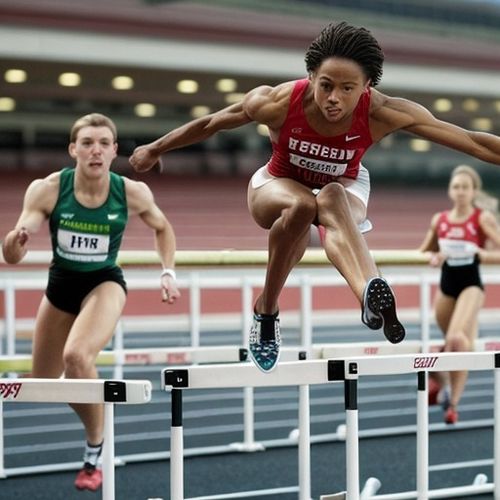
By Victoria Gonzalez/May 8, 2025
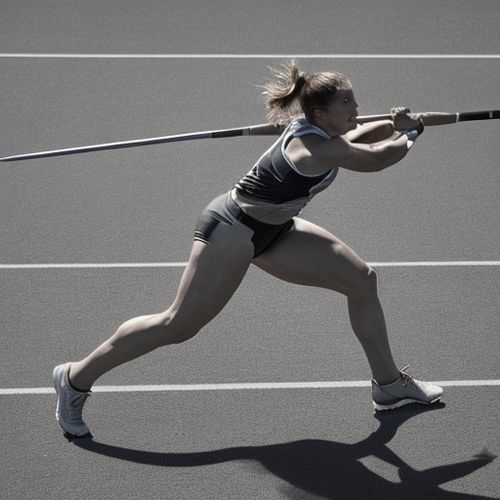
By Christopher Harris/May 8, 2025

By Ryan Martin/May 8, 2025

By Megan Clark/May 8, 2025
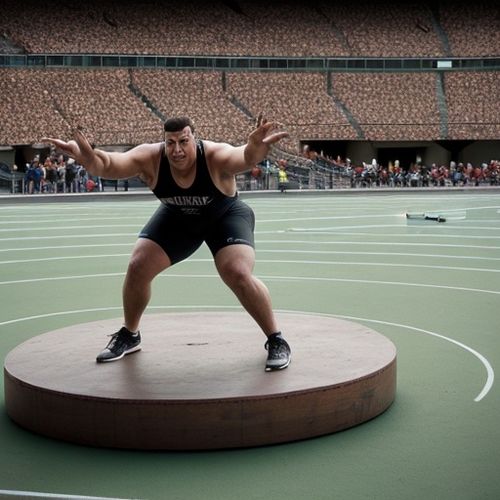
By Samuel Cooper/May 8, 2025

By Noah Bell/May 8, 2025

By David Anderson/May 8, 2025

By Megan Clark/May 8, 2025
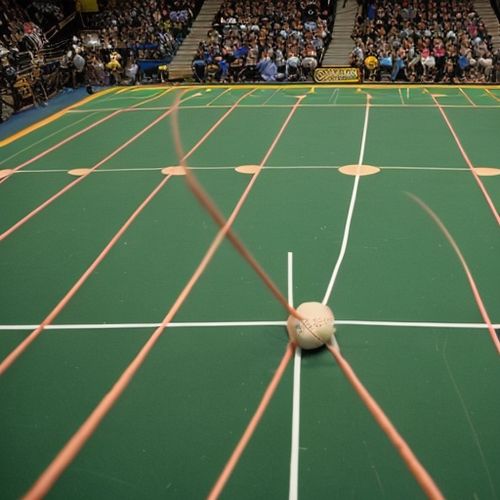
By William Miller/May 8, 2025
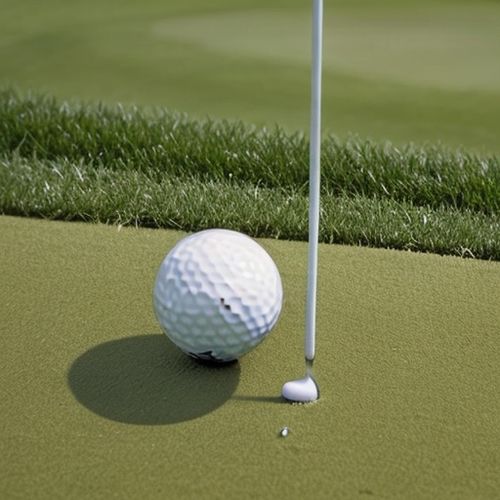
By William Miller/May 8, 2025

By Emily Johnson/May 8, 2025
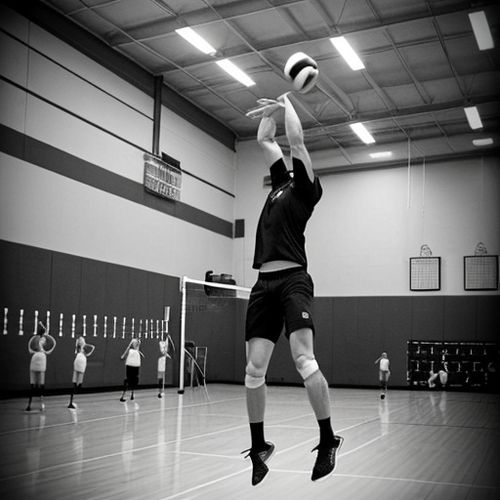
By Ryan Martin/May 8, 2025
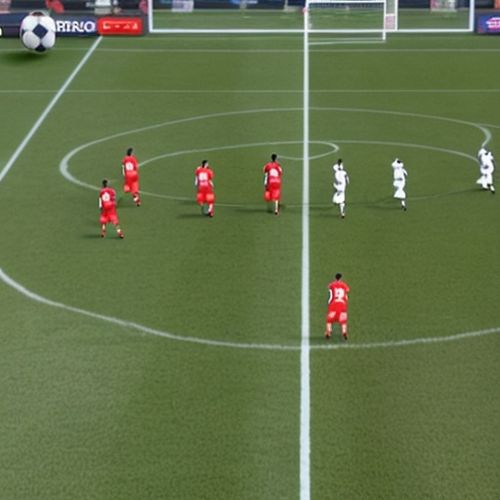
By Laura Wilson/May 8, 2025

By Eric Ward/May 8, 2025

By Joshua Howard/May 8, 2025

By Natalie Campbell/Apr 9, 2025